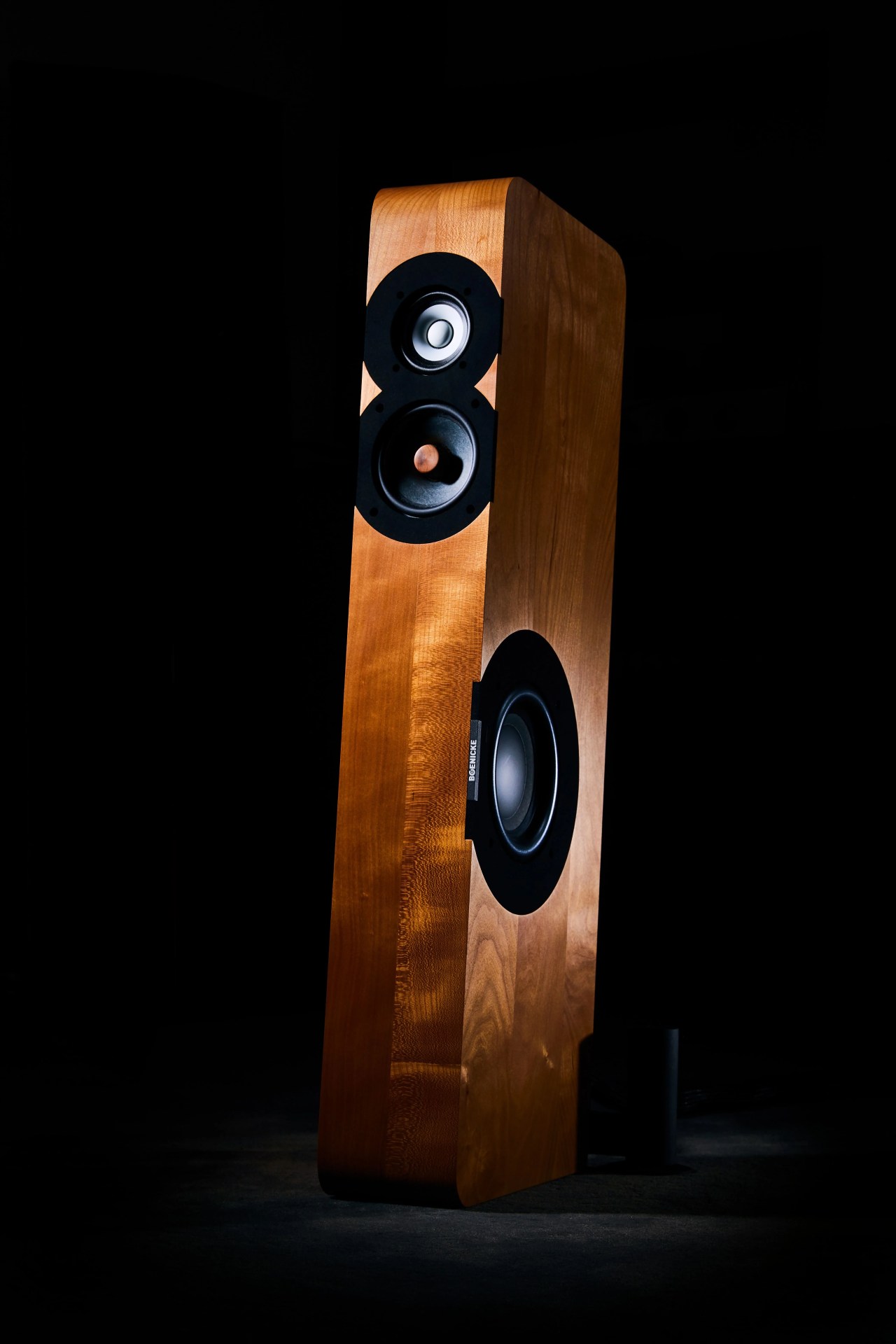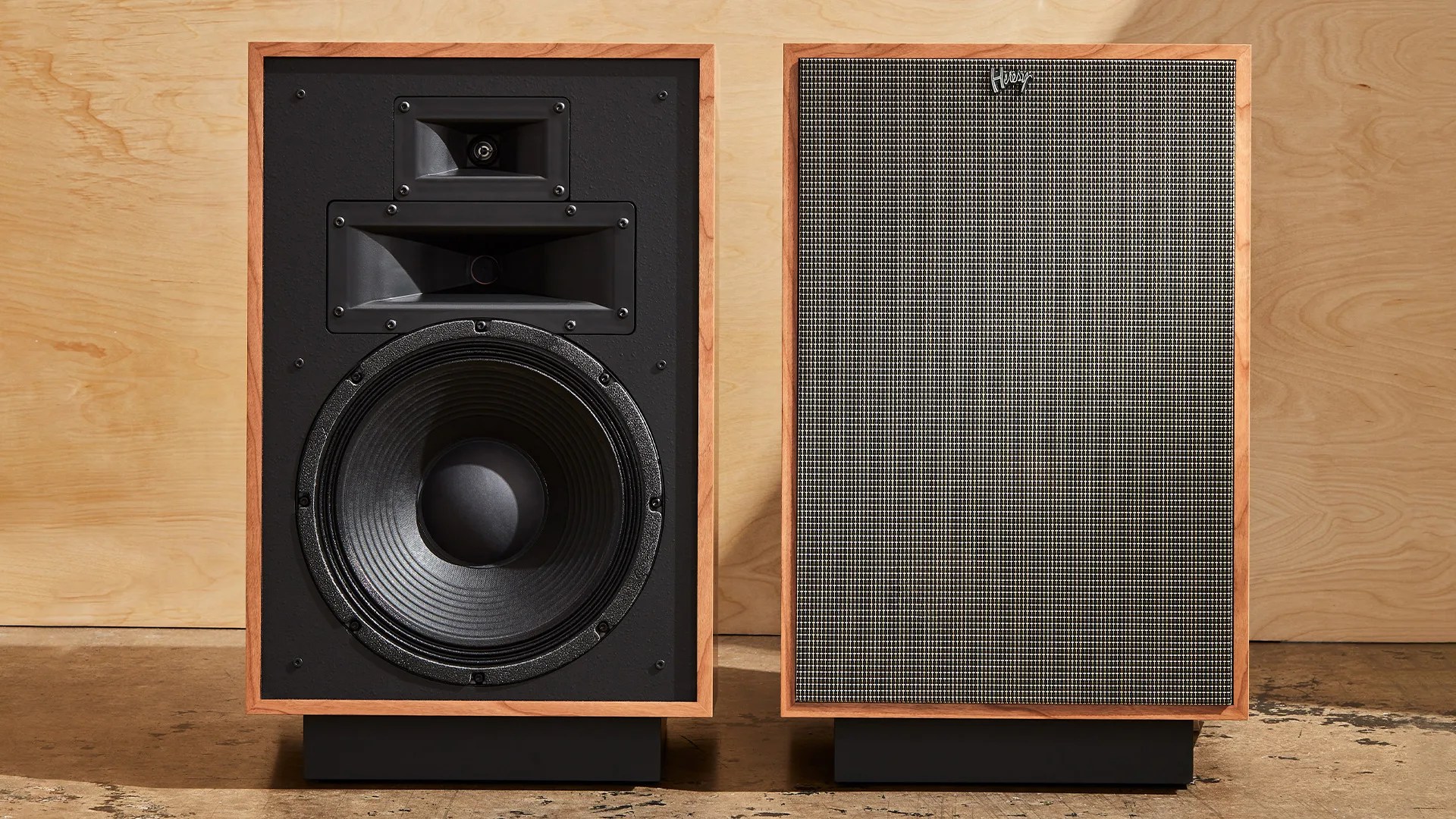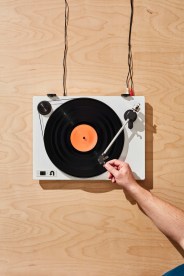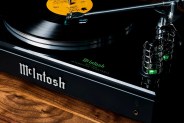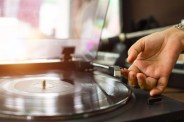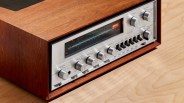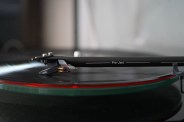A good pair of passive loudspeakers can last a lifetime. Unlike many of today’s powered and active loudspeakers, passive loudspeakers have no built-in technological limits, and no new wireless protocol or firmware update is going to render them irrevocably obsolete. That’s why you can still hook up an old pair of heritage Klipsch or Wharfedale loudspeakers to a modern rig and they’ll sound just as good as the day they were made.
That is, of course, if you’ve taken care of them.
Like withany quality piece of analog equipment, whether it’s a vintage Marantz receiver or an old Thorens turntable, a little care goes a long way in getting the best sound from a pair of loudspeakers. The following tips don’t just apply to vintage gear, by the way. If
1. Fight the dust
Dust is the number one enemy of loudspeakers. And it’s not just an aesthetic concern! Dust infiltrates the wire connectors (the place where the wire and metal meet) and disrupts the electric signals that run between the source and the loudspeakers. In other words, it adds noise.
Dust pads, dry cloths, air canisters and vacuum cleaners are all safe. Never use liquids.
It’s impossible to fully avoid dust, so simply clean the loudspeakers regularly (along with the rest of your gear). Dust pads, dry cloths, air canisters and vacuum cleaners are all safe to use on your loudspeakers, just try not to damage the cone drivers or tweeter. Never use any kind of liquid.
